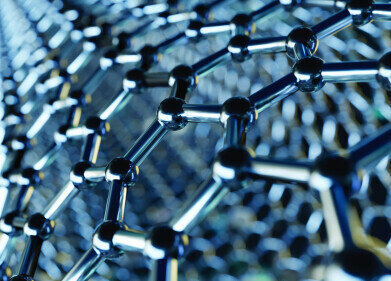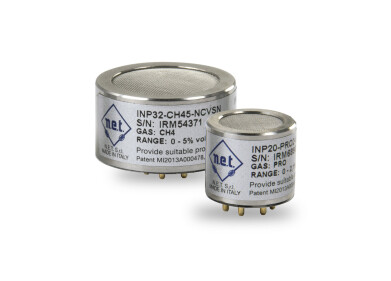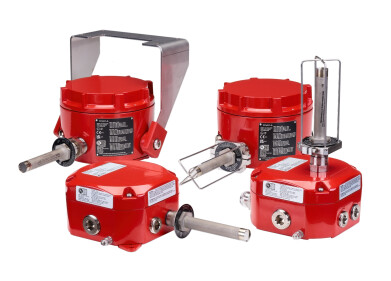Safety
What is Condition Monitoring?
Dec 09 2021
From refining crude oil to servicing Formula One race cars, condition monitoring (CM) is critical to optimising mechanical performance. CM techniques are used across a wide range of industries and allow operators to detect mechanical changes before they escalate.
A range of different parameters are used to acquire data, which is then processed using advanced software programs and computer algorithms. When compared with baseline performance figures, this data can be used to detect even the subtlest changes in mechanical performance.
An overview of CM parameters
Condition monitoring is the umbrella term used to describe a suite of parameters used to track mechanical performance. Below, we spotlight some of the most useful parameters.
-
Oil sampling and analysis
Regular oil sampling and analysis gives operators valuable insight into how well an engine is performing. It’s an easy way to detect issues at the earliest stages and fix small problems before they become major headaches.
Motor sport is a prime example of the value of condition monitoring techniques such as oil sampling and analysis. The detection of particles or grit in the oil of an F1 race car can disclose issues with the engine. Every second counts in F1 racing and even the smallest concentrations of particles can compromise performance. An eye-watering amount of cash is at stake when it comes to championship prizes and sponsorship deals, which underscores the fundamental role of condition monitoring in the motorsports industry.
-
Vibrations
Monitoring vibrations is another widely used parameter employed by CM analysts. Even the smallest vibrational changes can be used to detect mechanical irregularities and pinpoint the source of the problem. Accelerometers - devices built to measure vibration levels and detect changes - are used to detect mechanical issues such as gear tooth fatigue, misalignment and bearing wear.
-
Temperature and infrared data
Temperature monitoring can offer valuable insight into the state of a machine. Also known as infrared thermography, this parameter relies on static infrared cameras and scanners, as well as dynamic sensors that continuously scan machinery.
-
Acoustic and ultrasound
While monitoring acoustic emissions generates a huge amount of data, the ultra-sensitive parameter can be useful for detecting small but significant changes in mechanical performance. Ultrasound analysis is a more cost-effective and less data-intensive way to detect mechanical abnormalities.
Find out more about the importance of condition monitoring and the role it has to play in minimising greenhouse gas emissions in ‘Wear Protection: The Key to Long-Term Sustainability’. For more information on the importance of predictive maintenance, don't miss 'Condition Monitoring: Everything You Need to Know'.
Digital Edition
PIN 26.1 Feb/Mar 2025
March 2025
Analytical Instrumentation - Elemental Analysis for Quality and Process Control at Refineries, for Lubricants and Wear Metals in Engine Oils - Synthetic Lubricants: New Developments - Scaling...
View all digital editions
Events
Mar 17 2025 Houston, TX, USA
Mar 18 2025 Beijing, China
Mar 19 2025 Manila, Philippines
Mar 20 2025 Brussels, Belgium
Mar 20 2025 Guangzhou, China






.jpg)





.jpg)






